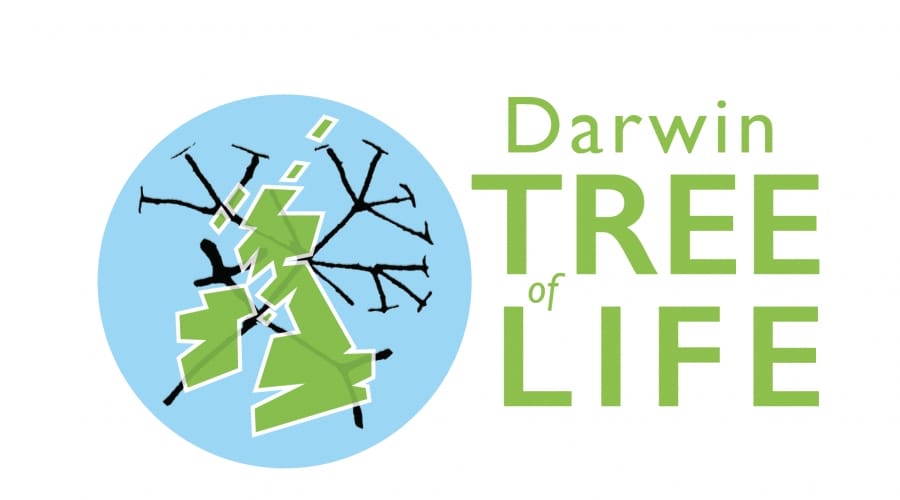Timeline: Organisms that have had their genomes sequenced
Drawing of a C. elegans worm. Image credit: Wellcome Collection
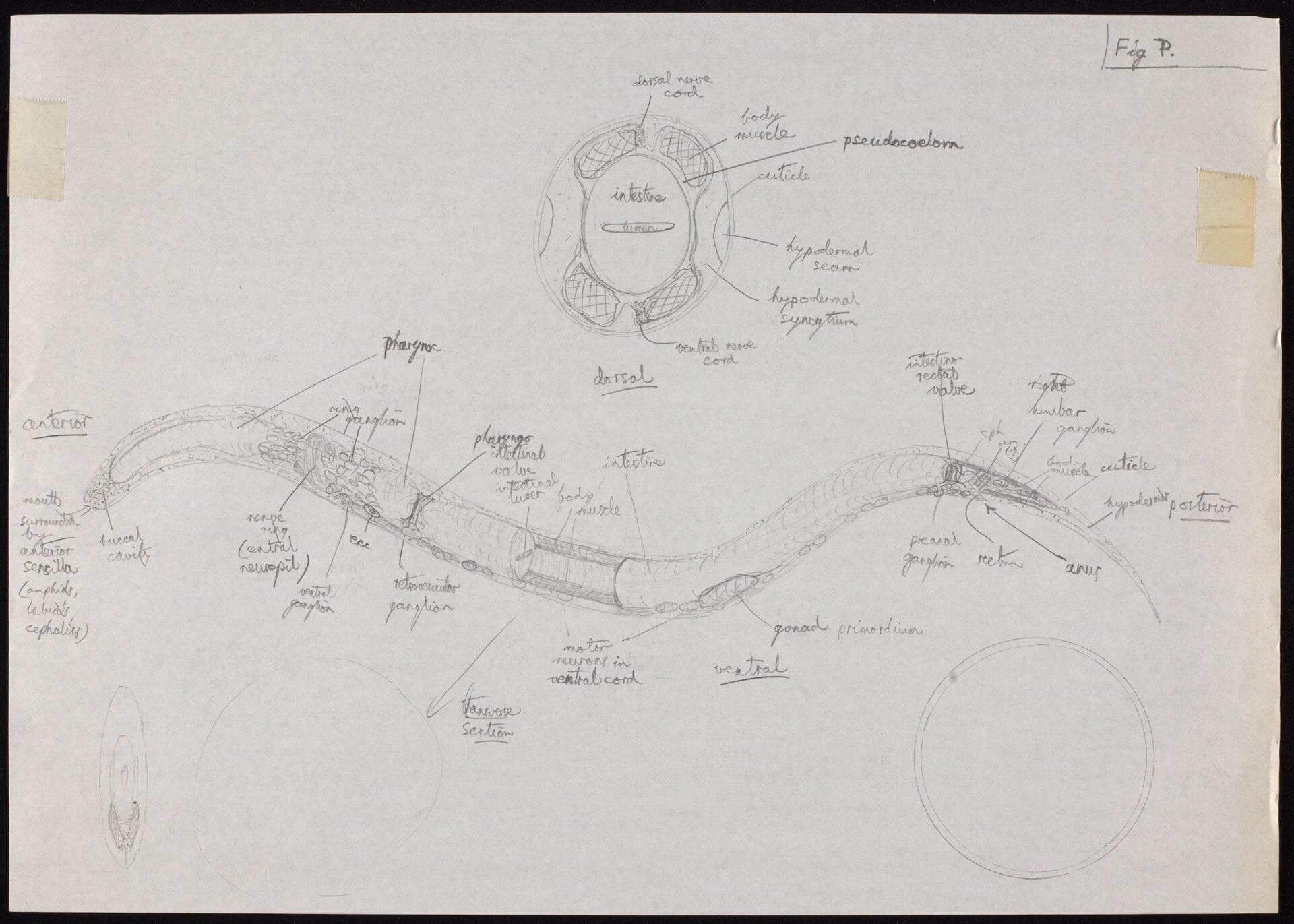
Since DNA sequencing was developed in the 1970s, scientists have used it to learn more about different organisms and their genomes.
- To develop techniques for DNA sequencing, scientists began by sequencing the genomes of small, simple organisms.
- As techniques improved it became possible to sequence the genomes of more complex organisms, such as the human genome.
- Now, we have a large catalogue of genomes that have been sequenced that we can study and compare.
Organisms that have had their genomes sequenced
Bacteriophage MS2
- What? A bacteriophage (virus that attacks bacteria) containing a single strand of RNA
- Why? The first RNA-based genome to be completely sequenced.
- Who? Walter Fiers and his team at the University of Ghent, Belgium.
- How many bases? 3,569 – one of the smallest genomes known
- How many chromosomes? 1
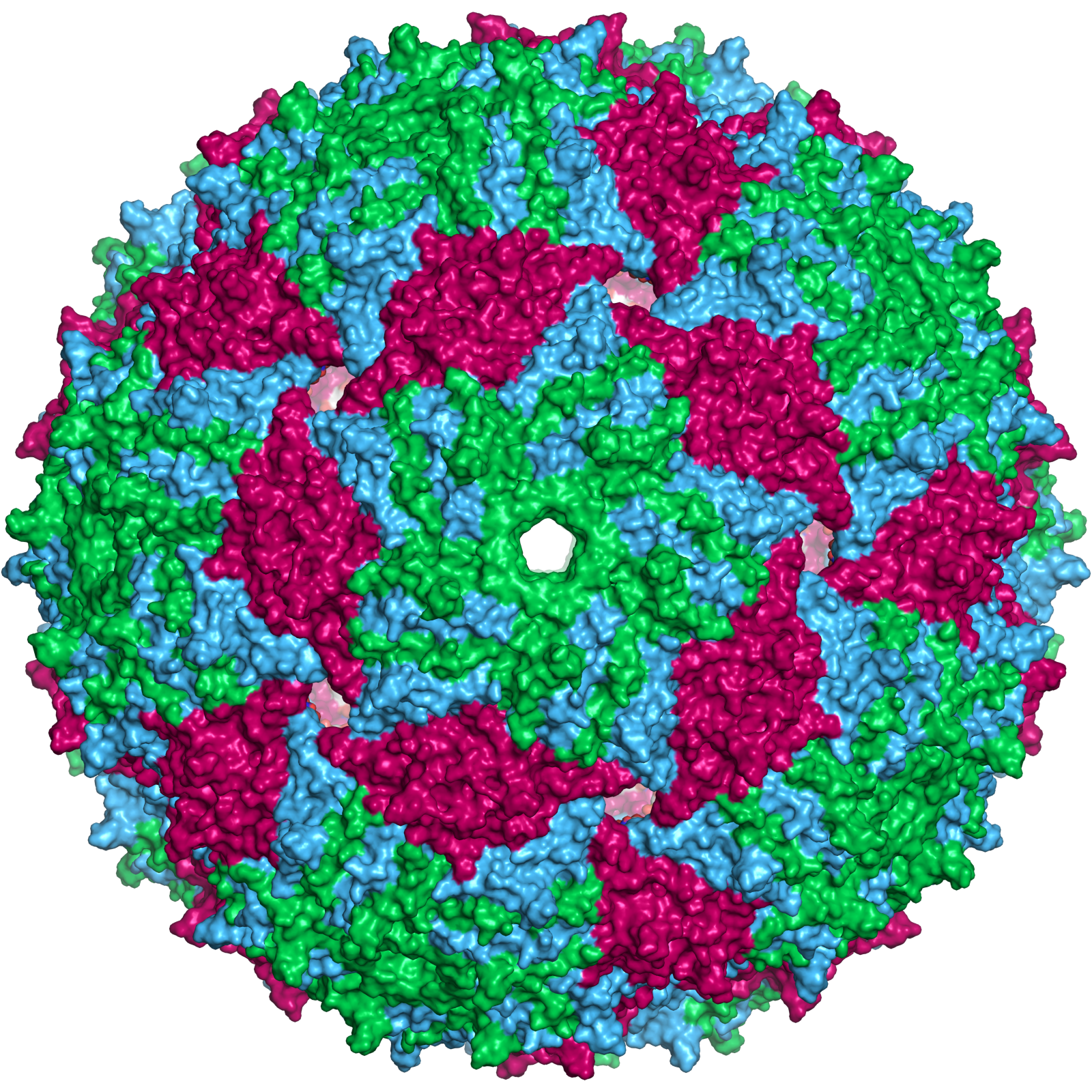
PhiX174
- What? A bacteriophage (virus that attacks bacteria) containing a single circle of DNA
- Why? Tirst DNA-based genome to be sequenced.
- Who? Fred Sanger and his team at the Medical Research Council Laboratory of Molecular Biology in Cambridge, UK.
- How many bases? 5,386
- How many chromosomes? 1 circular chromosome
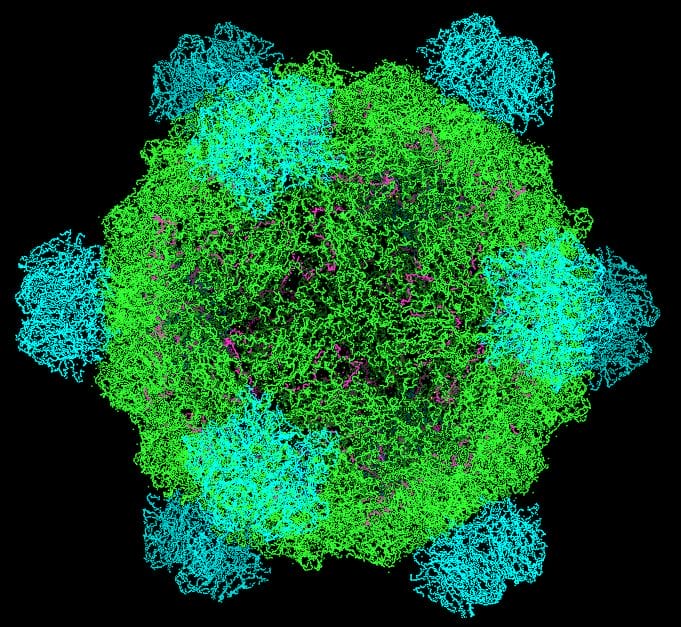
Haemophilus influenza
- What? A non-moving rod-shaped bacterium that causes meningitis.
- Why? The first bacteria to be sequenced.
- Who? Craig Venter and the team at The Institute for Genomic Research in Maryland, US.
- How many bases? 1.8 million
- How many chromosomes? 1 circular chromosome
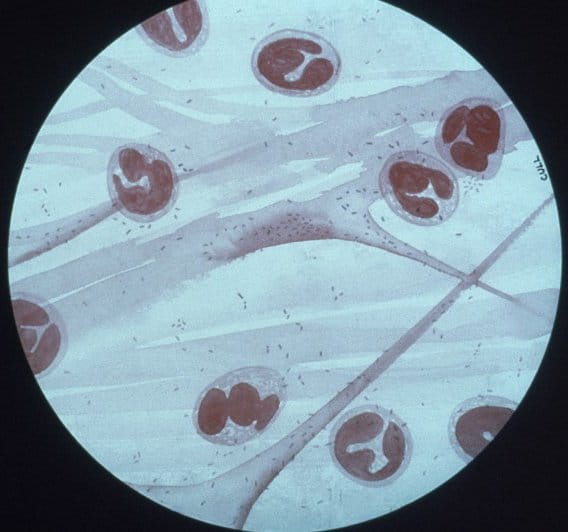
Methanococcus jannaschii
- What? A heat-loving, methane-producing, single-celled organism.
- Why? The first archaeon to be sequenced.
- Who? Craig Venter and the team at The Institute for Genomic Research in Maryland, US.
- How many bases? 1.7 million
- How many chromosomes? 1 circular chromosome
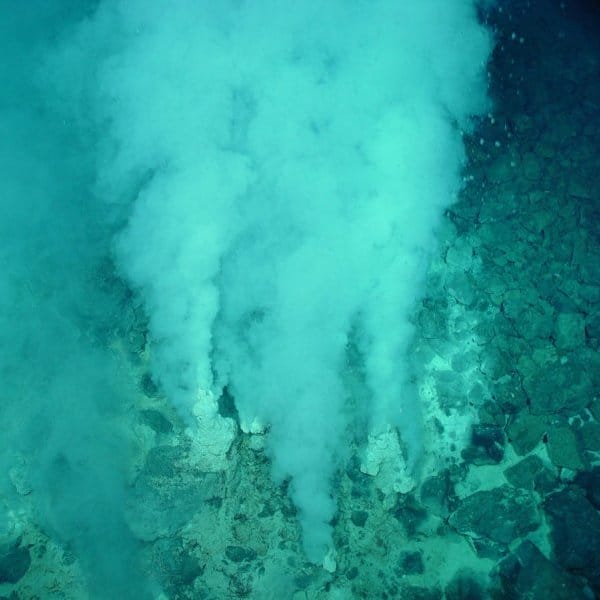
Saccharomyces cerevisiae (Common name: Baker’s yeast)
- What? A species of yeast used in winemaking, baking and brewing.
- Why? The first fungi to be sequenced.
- Who? The International Collaboration for the Yeast Genome Sequencing.
- How many bases? 12.1 million
- How many chromosomes? 32
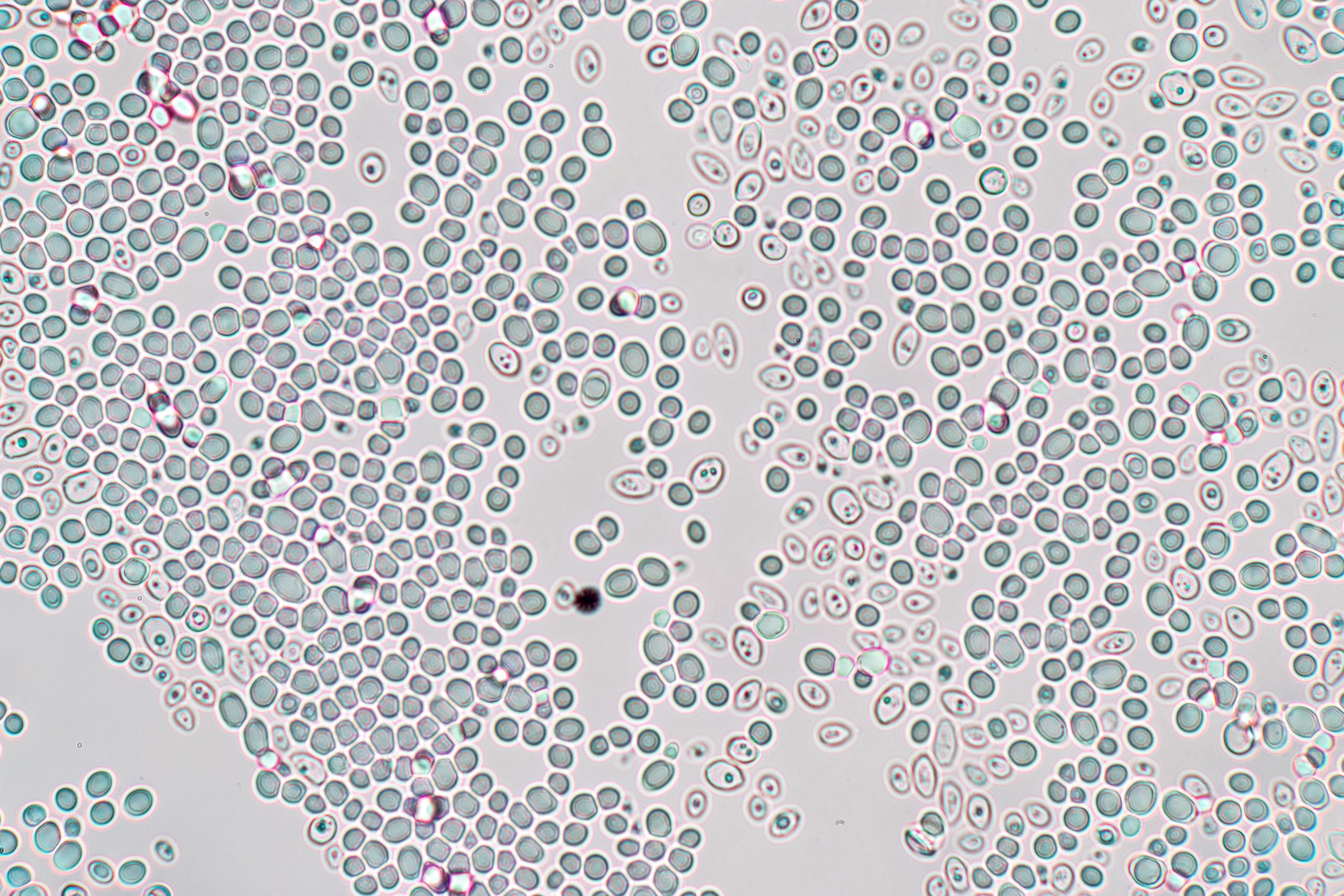
Caenorhabditis elegans (Common name: Nematode worm)
- What? A free-living, transparent worm about 1 mm in length that lives in the soil.
- Why? The first animal to be sequenced.
- Who? The Genome Institute at Washington University, US, and the Wellcome Trust Sanger Institute, UK.
- How many bases? 100 million
- How many chromsomes? 12 in hermaphrodites and 11 in males.
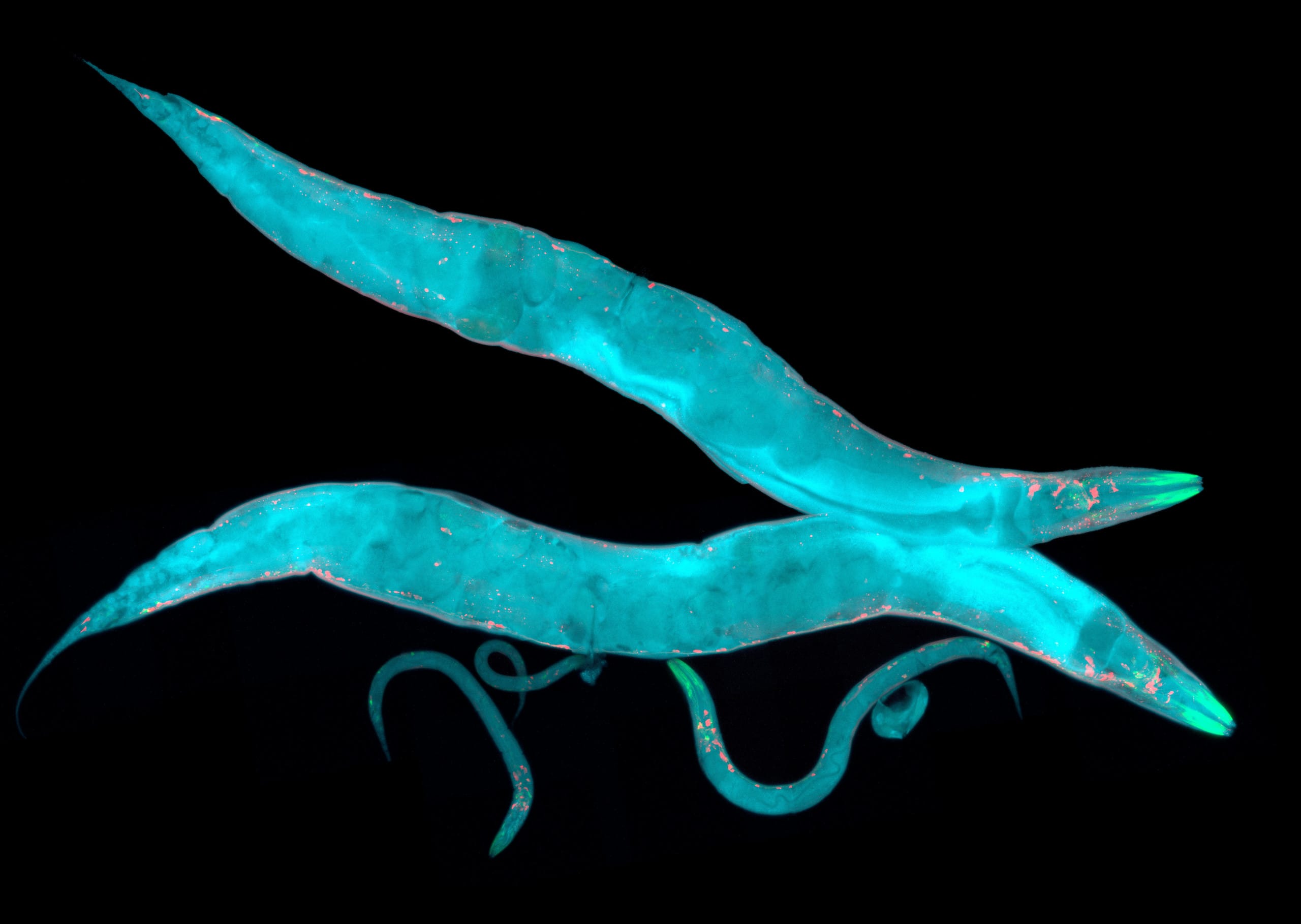
Arabidopsis thaliana (Common name: Thale cress or Arabidopsis)
- What? A small flowering plant used as a model organism in plant biology.
- Why? The first plant to have its genome sequenced.
- Who? The Arabidopsis Genome Initiative – across the US, Europe and Japan.
- How many bases? 119 million
- How many chromosomes? 5
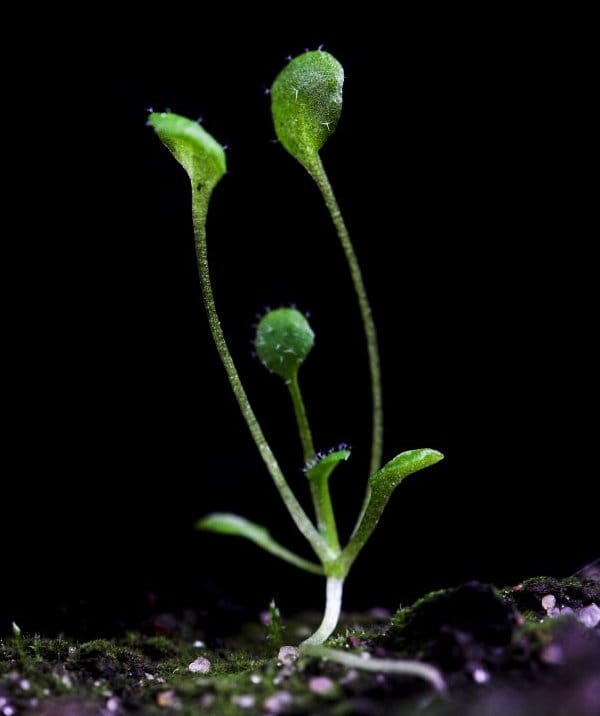
Drosophila melanogaster (Common name: Fruit fly or Drosophila)
- What? A small insect commonly found near ripening fruit.
- Why? A widely used model organism in scientific research that has been studied for many years.
- Who? Celera Genomics, UC Berkeley, Baylor College of Medicine (all US) and the European Drosophila Genome Project.
- How many bases? 165 million
- How many chromosomes? 4
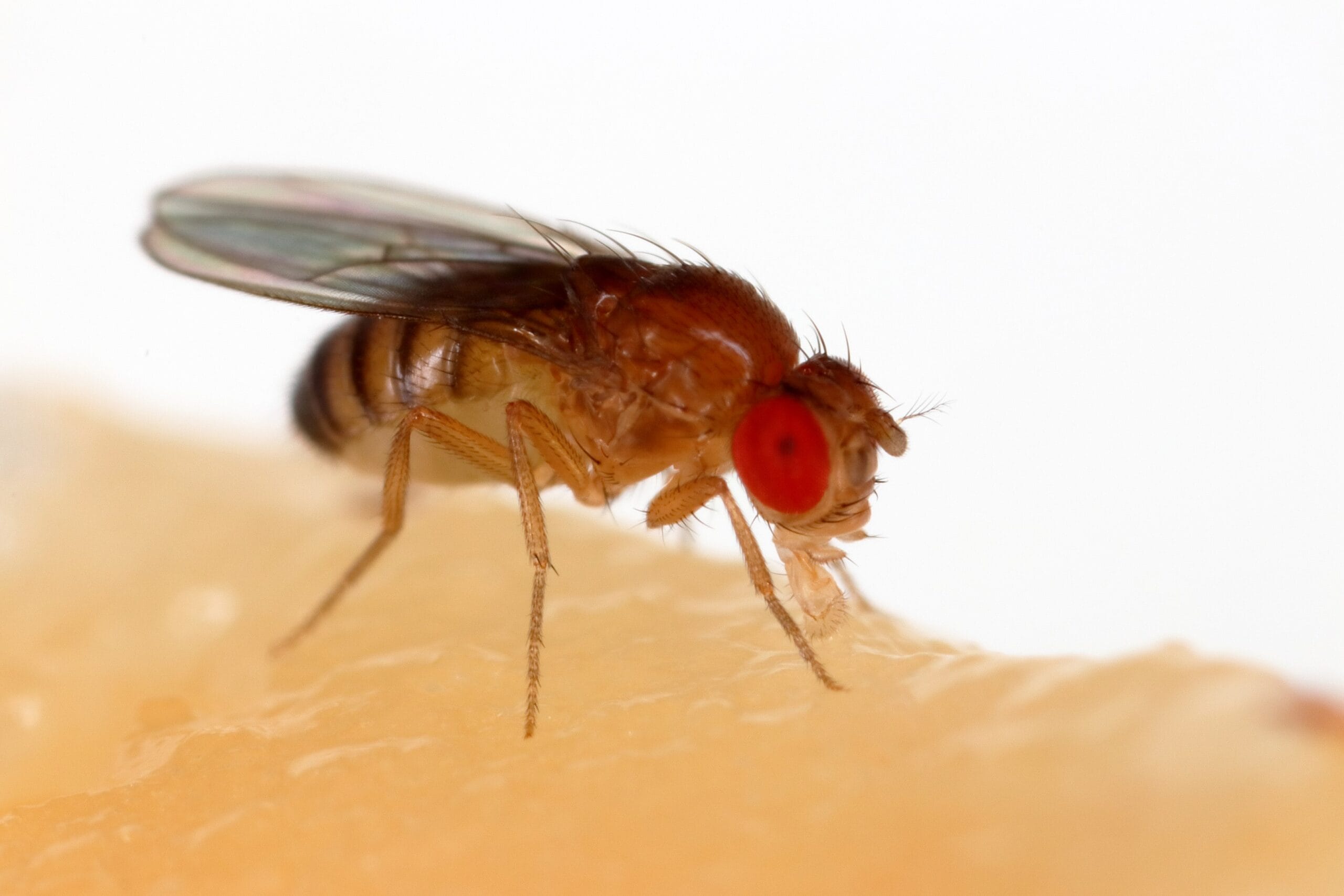
Homo sapiens (Common name: Human)
- What? The first draft of the human genome. 92% was published in 2003 and the full 100% in 2022.
- Why? Understanding the human genome will help us to improve human health.
- Who? The Human Genome Project
- How many bases? 3.2 billion
- How many chromosomes? 23

Mus musculus (Common name: Mouse)
- What? A small mammal often used as a model organism
- Why? More than 95% of the mouse genome is similar to the human genome – revealing information about health and disease.
- Who? The Mouse Genome Sequencing Consortium
- How many bases? 3.48 billion
- How many chromosomes? 20
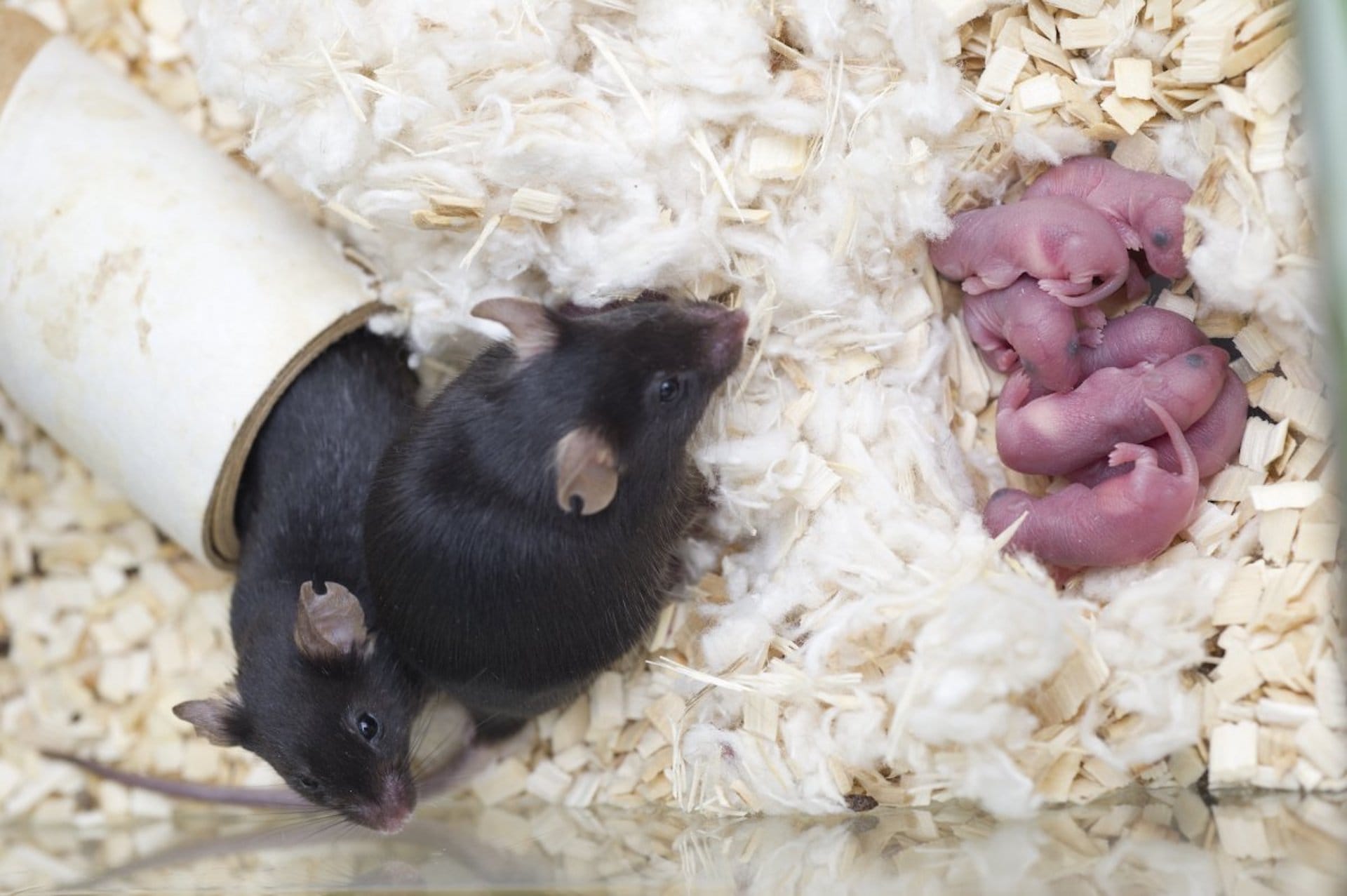
Takifugu rubripes (Common name: Japanese pufferfish, Tiger puffer or Fugu)
- What? It is a small pufferfish native to Japan.
- Why? Comparing its genome to that of other organisms is useful to study vertebrate evolution.
- Who? The International Fugu Genome Consortium
- How many bases? 390 million (the smallest known vertebrate genome)
- How many chromosomes? 8
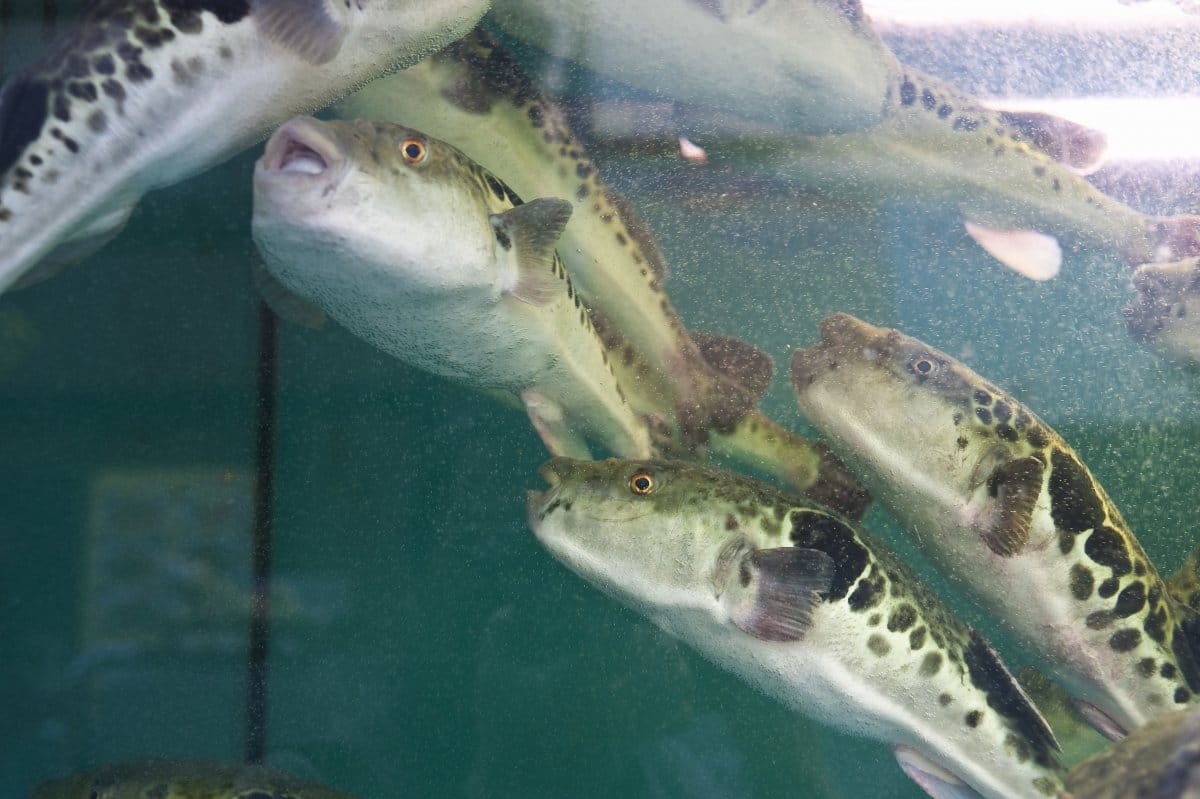
Gallus gallus (Common name: Red junglefowl)
- What? A recent ancestor of the domestic chicken.
- Why? The first egg-laying animal to have its genome sequenced.
- Who? The International Chicken Genome Sequencing Consortium.
- How many bases? 1 billion
- How many chromosomes? 78
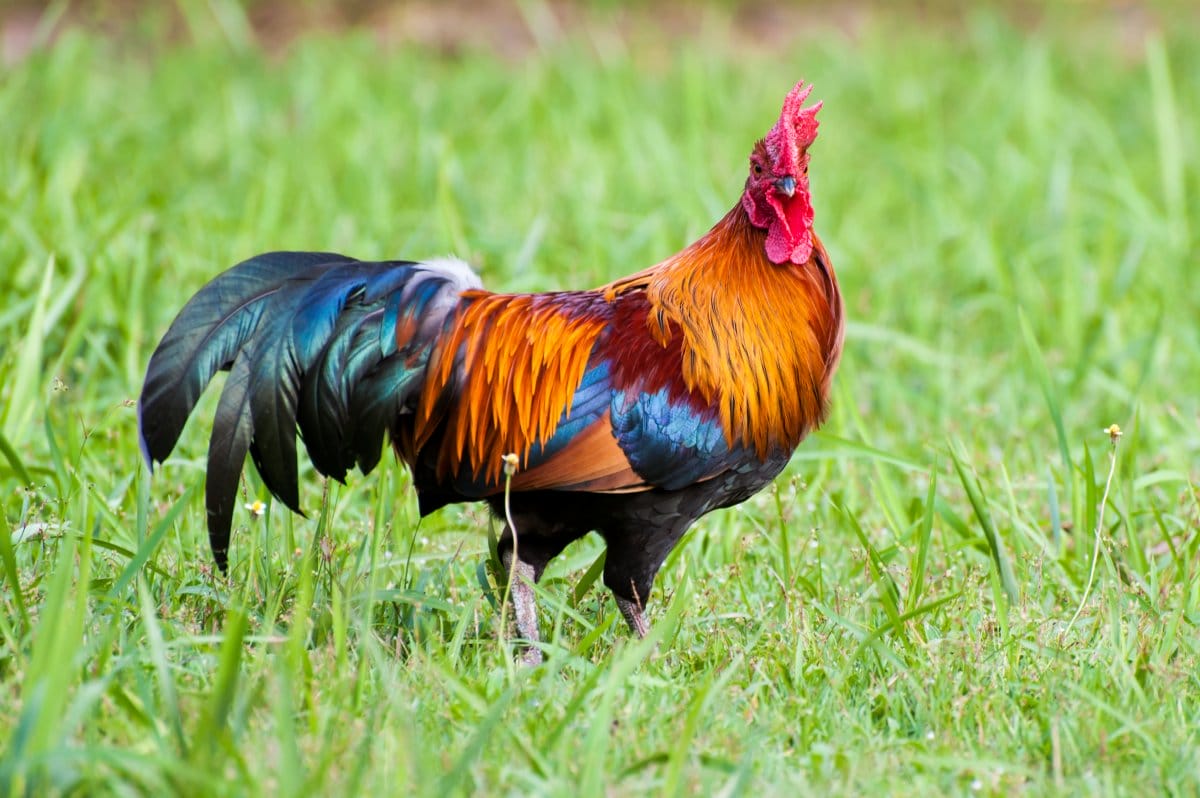
Oryza sativa (Common name: Rice)
- What? A staple food for millions of people across the globe.
- Why? One of the most important crops in the world.
- Who? The Beijing Genomics Institute, Zhejiang University and the Chinese Academy of Sciences, China.
- How many bases? 374 million
- How many chromosomes? 12

Pan troglodyte (Common name: Chimpanzee)
- What? One of the great apes along with gorilla, orangutan, bonobo and human.
- Why? The first non-human primate genome to be sequenced.
- Who? The Chimpanzee Genome Project
- How many bases? 3.3 billion
- How many chromosomes? 23
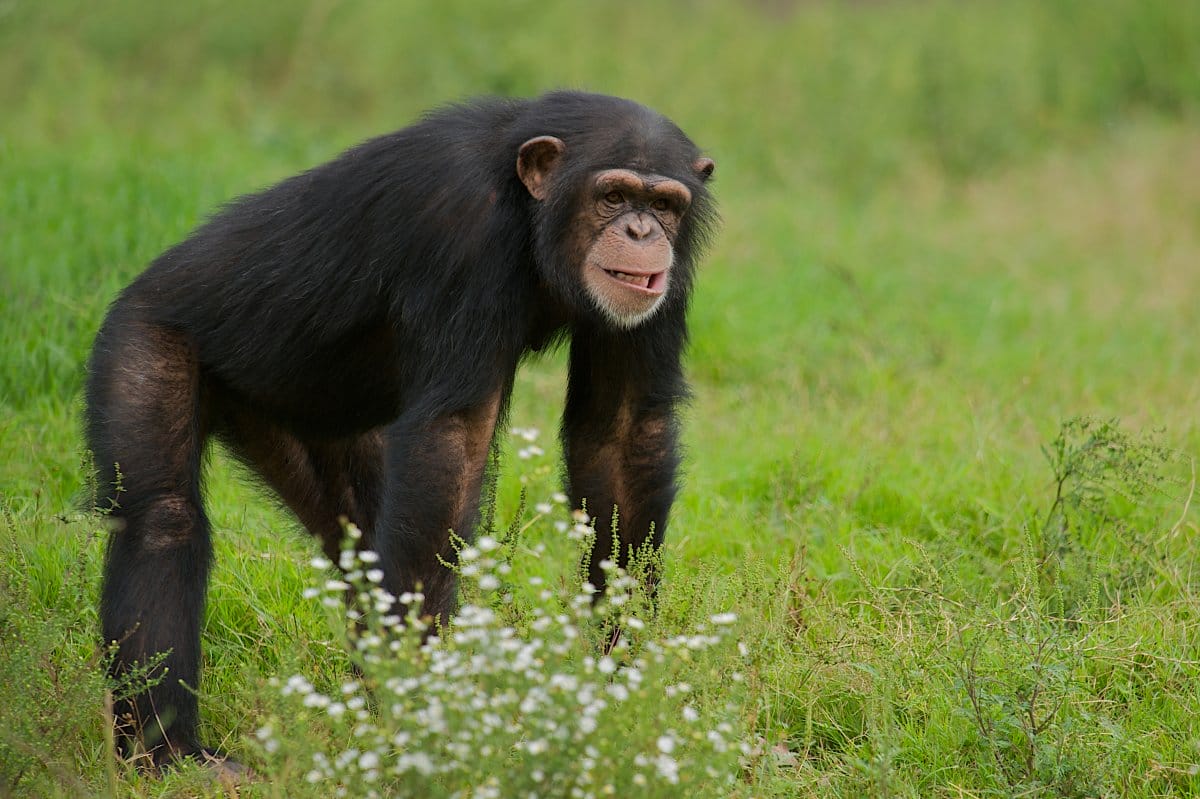
Xenopus tropicalis (Common name: Western clawed frog)
- What? A small frog native to Africa.
- Why? Xenopus is a model organism commonly used to study early development.
- Who? The US Department of Energy’s Joint Genome Institute and the University of California.
- How many bases? 1.5 million
- How many chromosomes? 10
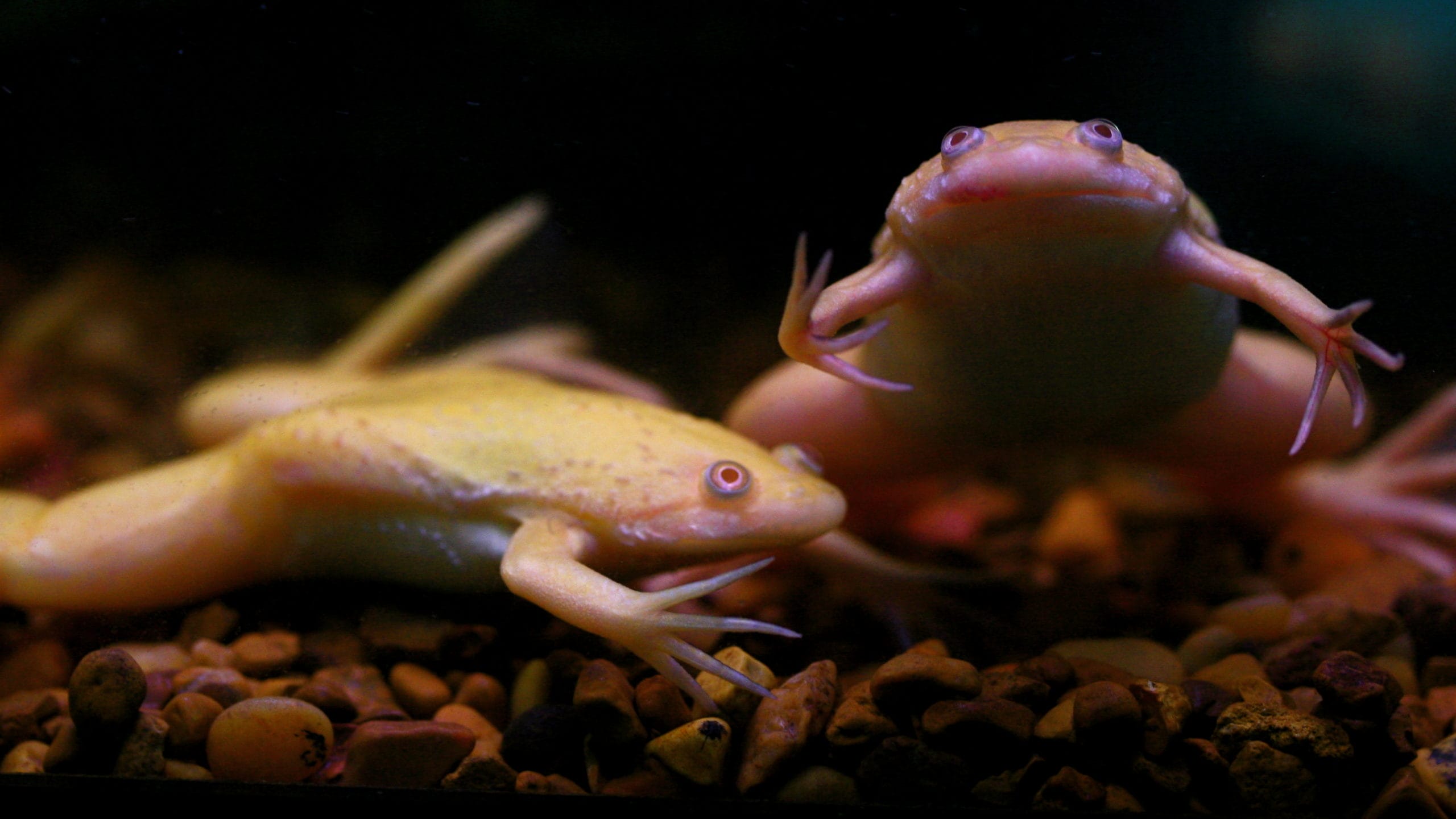
Danio rerio (Common name: Zebrafish)
- What? A tropical fish native to southeast Asia.
- Why? A model organism commonly used in research.
- Who? The Wellcome Sanger Institute, UK
- How many bases? 1.5 billion
- How many chromosomes? 25
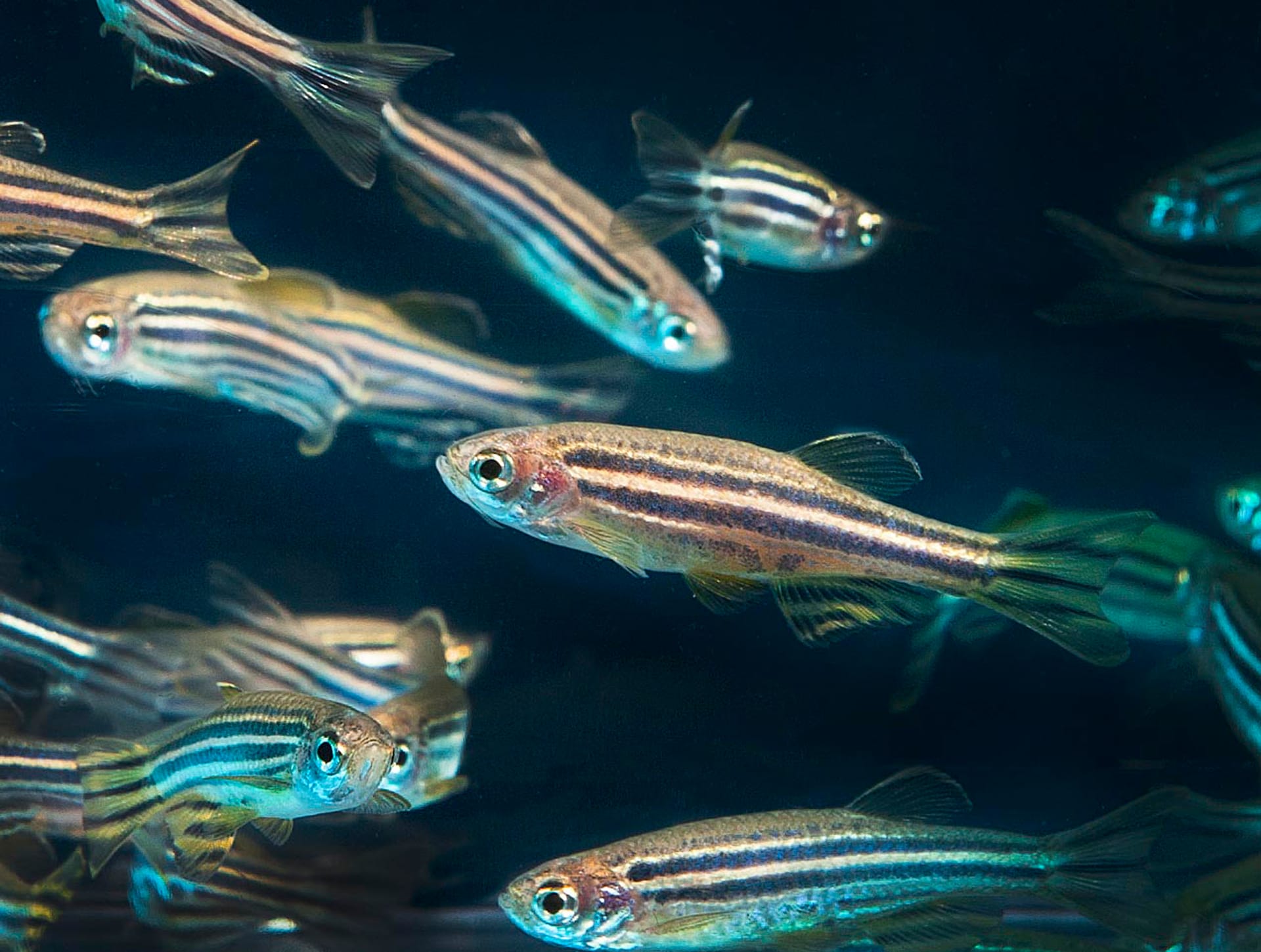
The Darwin Tree of Life Project
- Genomic sequence data is available for less than 1% of Earth’s species.
- The Darwin Tree of Life project, a collaborative project including the Wellcome Sanger Institute, aims to produce high-quality reference genomes for the estimated 70,000 eukaryotic species in Britain and Ireland.
- Many other international projects are aiming to sequencing the genomic diversity of other countries and regions across the world.
